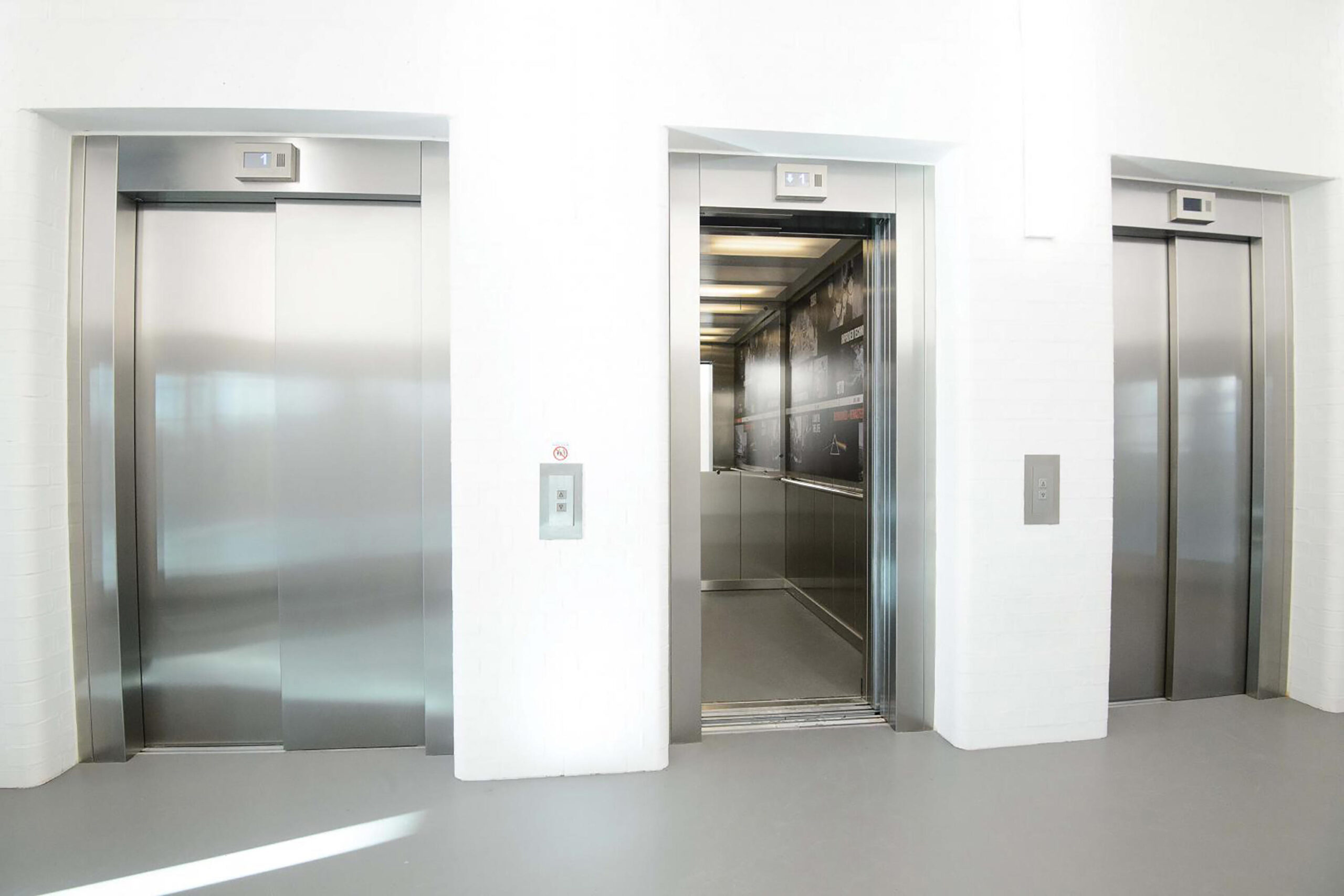Choosing the right lift for a residential building is a critical decision that impacts not only the aesthetics and functionality of the building but also the safety and comfort of its residents. This decision should be made with careful consideration of several key factors to ensure that the lift for residential building not only meets the current needs of the building but is also a sustainable and efficient choice for the future. Below, we delve into these factors, offering a guide to making an informed choice for your residential building’s elevator needs.
- Understanding Building Requirements and Elevator Capacity: The first step in selecting an elevator for a residential building is to understand the specific needs of the building. This includes the size of the building, the number of floors it has, and the expected foot traffic. Elevator capacity, expressed in terms of the number of persons or the weight it can carry, should align with these factors. For smaller buildings with fewer residents, a smaller capacity lift may suffice, whereas larger buildings with more floors and residents will require a lift with a higher capacity. This consideration ensures that the elevator can handle peak usage periods efficiently without causing long wait times.
- Considering the Types of Elevators: There are various types of elevators available, each with its own set of advantages and disadvantages. Traditional cable-driven elevators are known for their durability and efficiency but may require significant space for the machine room. Hydraulic elevators, on the other hand, are ideal for lower-rise buildings and have a smaller footprint but may not be as energy-efficient as their counterparts.
- Energy Efficiency and Sustainability: Energy efficiency is an important consideration when choosing compact home lifts. Opting for an elevator with energy-saving features such as regenerative drives, which can generate power as the elevator descends, can lead to significant cost savings over time. Additionally, elevators that use less energy contribute to the building’s overall sustainability goals. This not only helps in reducing operational costs but also supports environmental conservation efforts, making it a crucial factor for forward-thinking residential buildings.
- Safety Features and Compliance: Safety is paramount when it comes to elevators. Ensure that the elevator you choose comes with up-to-date safety features such as emergency brakes, automatic rescue devices in case of power failures, and compliance with local safety standards and regulations. An elevator that is equipped with the latest safety technology not only provides peace of mind but also ensures the well-being of the building’s residents.
- Aesthetic Compatibility: The elevator is a part of the building’s overall aesthetic and should complement its interior design. Manufacturers offer a range of finishes and designs, from classic to modern, to match the building’s architectural style. Whether you are looking for a sleek, glass-panelled elevator to add a touch of sophistication or a more traditional design that blends seamlessly with the building’s character, there are options to suit every taste.
In conclusion, selecting the right elevator for a residential building involves a comprehensive evaluation of the building’s needs, types of elevators, energy efficiency, safety standards, aesthetic considerations, and budget constraints. By carefully considering these factors, you can ensure that the construction hoist lift not only enhances the functionality and style of the building but also provides a safe, efficient, and comfortable experience for its residents.





